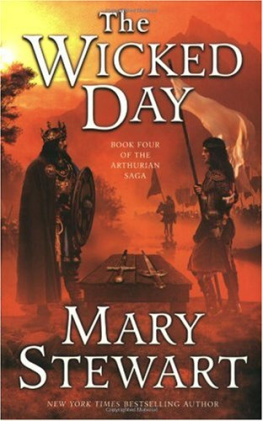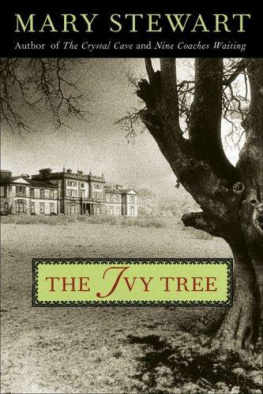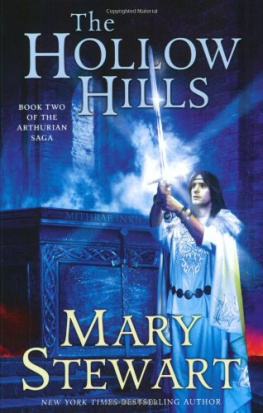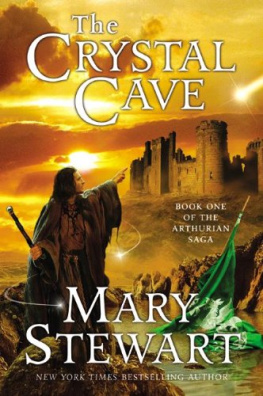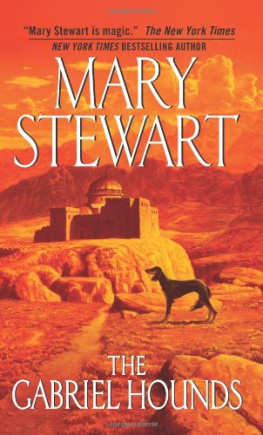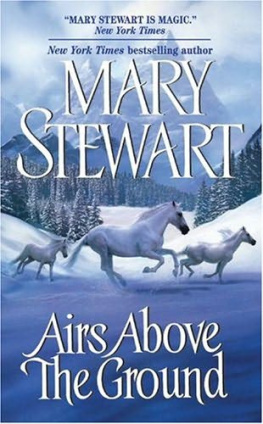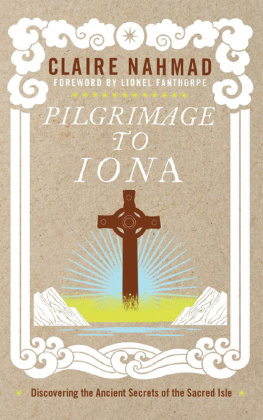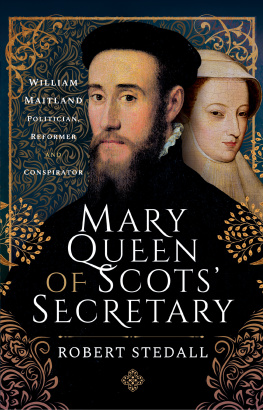Mary Stewart - Wildfire at Midnight
Here you can read online Mary Stewart - Wildfire at Midnight full text of the book (entire story) in english for free. Download pdf and epub, get meaning, cover and reviews about this ebook. year: 2003, publisher: HarperTorch, genre: Art. Description of the work, (preface) as well as reviews are available. Best literature library LitArk.com created for fans of good reading and offers a wide selection of genres:
Romance novel
Science fiction
Adventure
Detective
Science
History
Home and family
Prose
Art
Politics
Computer
Non-fiction
Religion
Business
Children
Humor
Choose a favorite category and find really read worthwhile books. Enjoy immersion in the world of imagination, feel the emotions of the characters or learn something new for yourself, make an fascinating discovery.
- Book:Wildfire at Midnight
- Author:
- Publisher:HarperTorch
- Genre:
- Year:2003
- Rating:5 / 5
- Favourites:Add to favourites
- Your mark:
- 100
- 1
- 2
- 3
- 4
- 5
Wildfire at Midnight: summary, description and annotation
We offer to read an annotation, description, summary or preface (depends on what the author of the book "Wildfire at Midnight" wrote himself). If you haven't found the necessary information about the book — write in the comments, we will try to find it.
Wildfire at Midnight — read online for free the complete book (whole text) full work
Below is the text of the book, divided by pages. System saving the place of the last page read, allows you to conveniently read the book "Wildfire at Midnight" online for free, without having to search again every time where you left off. Put a bookmark, and you can go to the page where you finished reading at any time.
Font size:
Interval:
Bookmark:
A FAWCETT CREST BOOK Fawcett Publications, Inc., Greenwich, Conn. Member of American Book Publishers Council, Inc.
All names, characters, and events in this book are fictional, and any resemblance which may seem to exist to real persons is purely coincidental.
A Fawcett Crest Book reprinted by arrangement with M. S. Mill Company, Inc. This book contains the complete text of the original hardcover edition.
Copyright 1956 by Mary Stewart.
All rights reserved, including the right to reproduce
this book or portions thereof.
Eighth Fawcett Crest printing, January 1967
Published by Fawcett World Library,
67 West 44th Street, New York, N. Y. 10036.
Printed in the United States of America.
To F. H. S.
"Wildfire at midnight. In this heedless fury He may show violence to cross himself. I'll follow the event."
Tourneur: The Revenger s Tragedy
IN THE FIRST PLACE, I suppose, it was my parents' fault for giving me a silly name like Gianetta. It is a pretty enough name in itself, but it conjures up pictures of delectable and slightly overblown ladies in Titan's less respectable canvases, and, though I admit 1 have the sort of coloring that might have interested that Venetian master, I happen to be the rather inhibited product of an English country rectory. And if there is anything further removed than that from the bagnio Venuses of Titian's middle period, I don't know what it is.
To do my parents justice, I must confess straightaway that the bagnio touch was there in the familynicely in the past, of course, but known nevertheless to be there. And my mother is just sufficiently vague, artistic, and sentimental to see nothing against calling a red-haired daughter after the Vixen Venus, the lovely redheaded Gianetta Fox, who was once the rage of London, and a Beauty in the days when beauties had a capital B, and were moreover apt to regard beauty and capital as one and the same thing.
She was a nobody, the lovely Gianetta; her mother, I believe, was half Italian, and if she knew who her father was, she never admitted to him. She simply appeared, Venus rising from the scum of Victorian Whitechapel, and hit London for six in the spring of 1858. She was just seventeen. By the time she was twenty she had been painted by every painter who mattered (Landseer was the only abstainer), in every conceivable allegorical pose, and had also, it was said, been the mistress of every one of them in turnI should be inclined here, too, to give Landseer the benefit of the doubt. And in 1861 she reaped the due reward of her peculiar virtues and married a baronet. He managed to keep her long enough to beget two children of her before she left himfor a very "modern" painter of the French school who specialized in nudes. She left her son and daughter behind in Sir Charles's scandalized care; the former was to be my maternal grandfather.
So my nice, vague, artistic mother, who spends her time in our Cotswold rectory making dear little pots and bowls and baking them in a kiln at the bottom of the garden, called me after my disreputable (and famous) great-grandmother, without a thought about the possible consequences to me when I hit London in my turn, in 1945.
I was nineteen, had left school a short eight months before, and now, fresh from a West End training course for mannequins, was ingenuously setting out on a glamorous career with a fashion house, modeling clothes. I had a share in a bed-sitting room, a small banking account (gift from Father), two hand-thrown pots and an ash tray (gift from Mother), and an engagement diary (gift from my brother Lucius). I was on top of the world.
I was still on top of the world when the Morelli Gallery acquired the Zollner canvas called "My Lady Green-sleeves," and Marco Morellithe Marco Morellidecided to make a splash with it. You remember the fuss, perhaps? Morelli's idea was, I think, to stage a sort of comeback of art after the austerities and deprivations of the war. He could hardly have chosen a more appropriate picture to do it with. "My Lady Greensleeves" has all the rioting bravura of Zollner's 1860 period: the gorgeous lady who languishes, life-size, in the center of the canvas is the focus of a complicated shimmer of jewels and feathers and embroidered silkI doubt if any material has ever been more miraculously painted than the coruscating damask of the big green sleeves. As an antidote to austerity it was certainly telling. And even Zollner's peacock riot of color could not defeat his model's triumphant vitality, or drain the fire from that flaming hair.
It was Gianetta Fox's last full-dress appearance in canvas, and she had all the air of making the most of it.
So had Morelli, and his cousin Hugo Montefior, the dress designer, who happened to be my employer.
And there really was nothing against the idea that Montefior should re-create the dress with the lovely green sleeves, and that I should wear it at the showing, and that there should be a sensation in the right circles, thereby doing the cousins a lot of good. And, possibly, me too, though this honestly didn't occur to me when Hugo put his idea in front of me. I was merely flattered, excited, and terribly nervous.
So I wore the Greensleeves gown at the show, and Morelli got his sensation, and I was so scared of the fashionable crowd that when I spoke at all, it was in a tight, flat little voice that must have sounded the last word in bored, brittle sophistication. I must have looked and sounded, in fact, like a pale copy of that arrogant worldling behind me in Zollner's canvas, for that is what Nicholas Drury undoubtedly took me for, when at length he elbowed his way through the crowds and introduced himself. I had heard of him, of course, and this in no way increased my self-confidence: He had at that timehe was twenty-ninethree terrifyingly good novels to his credit, as well as a reputation for a scarifying tongue. I, for one, was so thoroughly scarified that I froze into complete stupidity, and under his sardonic look stammered some meaningless schoolgirl rubbish that, God help us both, he took for coquetry. We were married three months later.
I have no wish to dwell on the three years that followed. I was wildly, madly, dumbly in love with him, of course, a silly little star-dazzled adolescent, plunged into a life completely strange and rather terrifying. And Nicholas, it became very quickly apparent, wasn't on his own ground either. What he had meant to marry was a modern Gianetta Fox, a composed young sophisticate who could hold her own in the fast-moving society to which he was accustomed; what he'd actually got was only Gianetta Brooke, not long out of school, whose poise was a technique very recently acquired in Montefior's salons and the Mayfair mannequin factory.
Not that this initial miscasting was the cause of our little tragedy; love is a great builder of bridges, and it did seem at first as though what was between us could have spanned any gap. And Nicholas tried as hard as I. Looking back now, I can see that; if I did achieve sophistication, and a little wisdom, Nicholas struggled to rediscover tenderness. But it was too late; already, when we met, it was too late. The times were out of Joint for us, the gap too widenot the ten years' gap between our ages, but the thousand-year-long stretch of a world war that to me was only an adolescent memory hardly denting the surface of my life, but to Nicholas was a still-recurring nightmare agony leaving scars on the mind which were then only precariously skinning over. How was I, untouched nineteen, to apprehend the sort of stresses that drove
Nicholas? And how was he to guess that, deep down under my precarious self-confidence, lurked the destroying germs of insecurity and fear?
Font size:
Interval:
Bookmark:
Similar books «Wildfire at Midnight»
Look at similar books to Wildfire at Midnight. We have selected literature similar in name and meaning in the hope of providing readers with more options to find new, interesting, not yet read works.
Discussion, reviews of the book Wildfire at Midnight and just readers' own opinions. Leave your comments, write what you think about the work, its meaning or the main characters. Specify what exactly you liked and what you didn't like, and why you think so.


